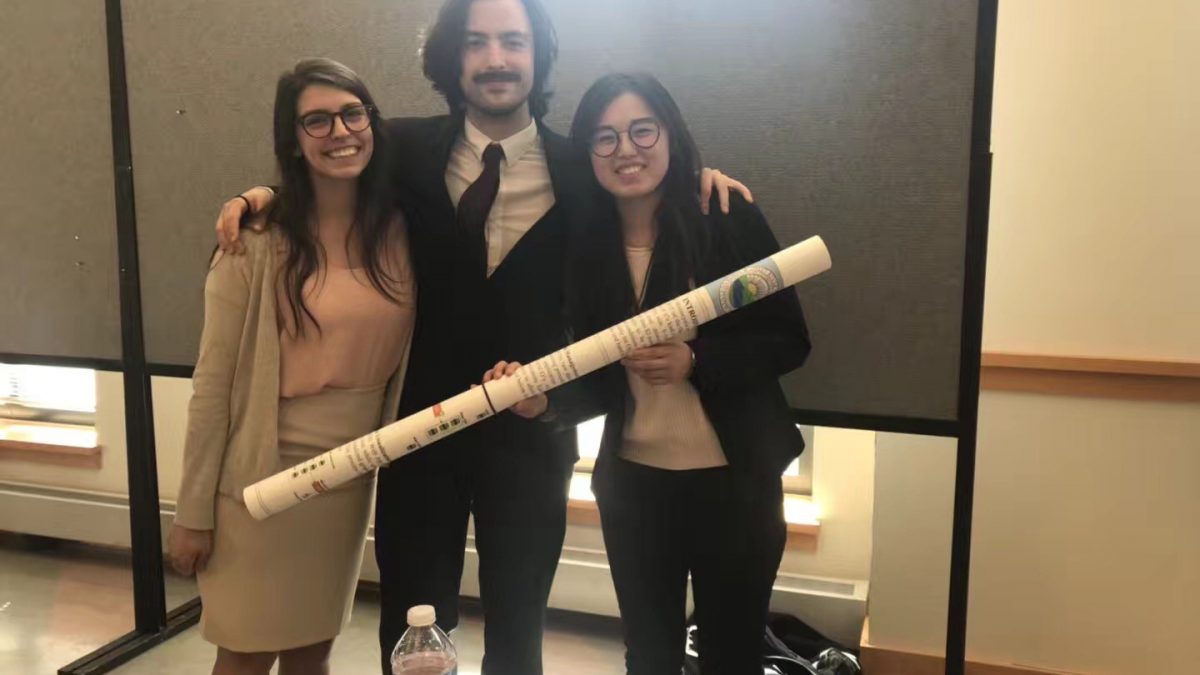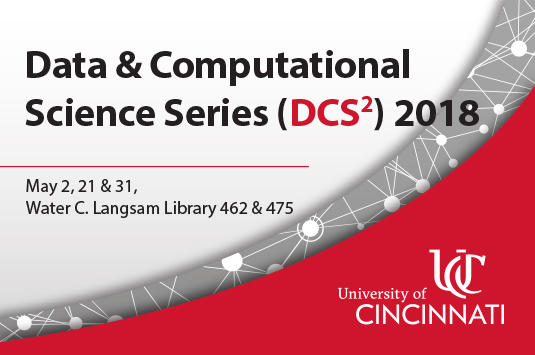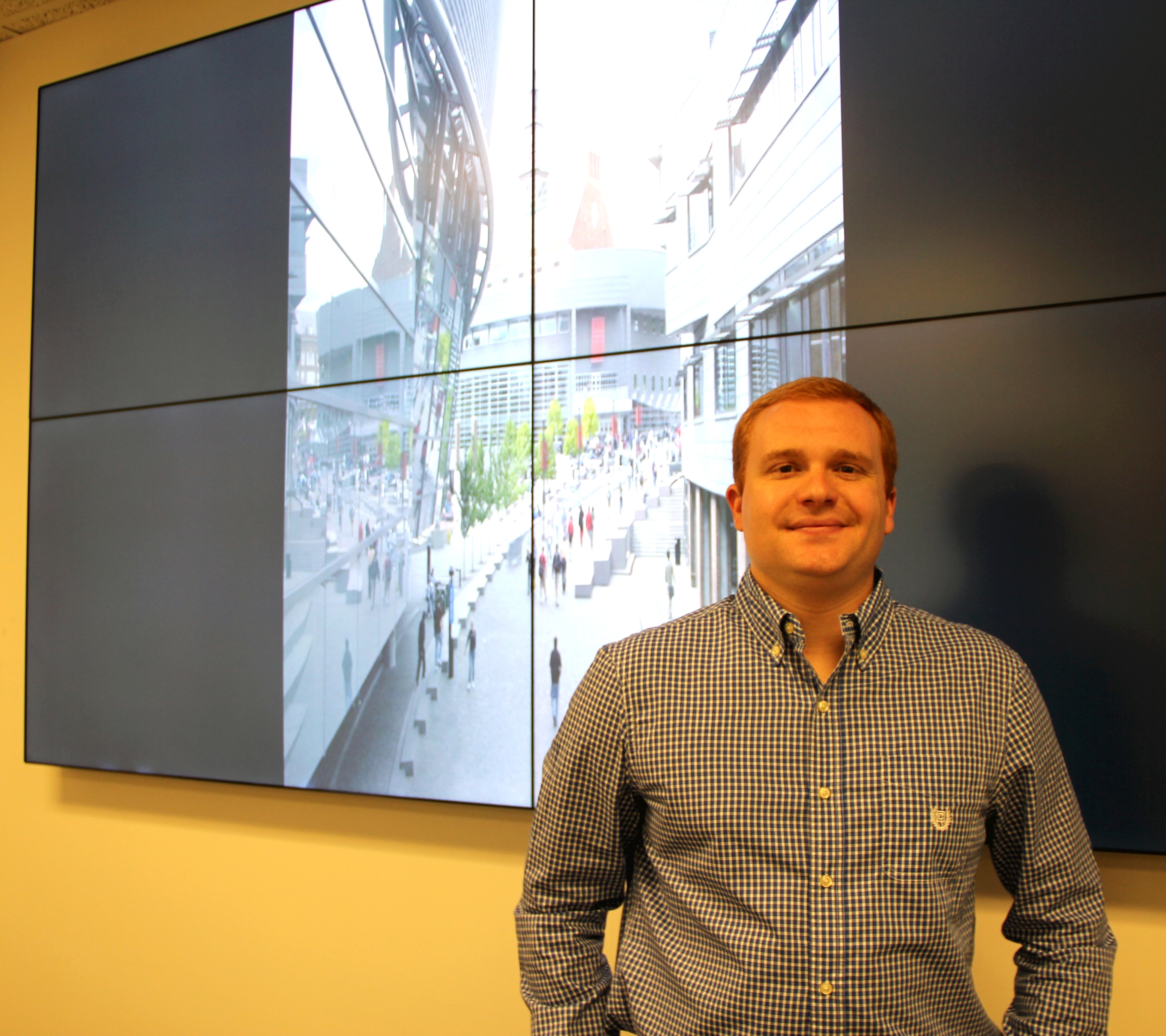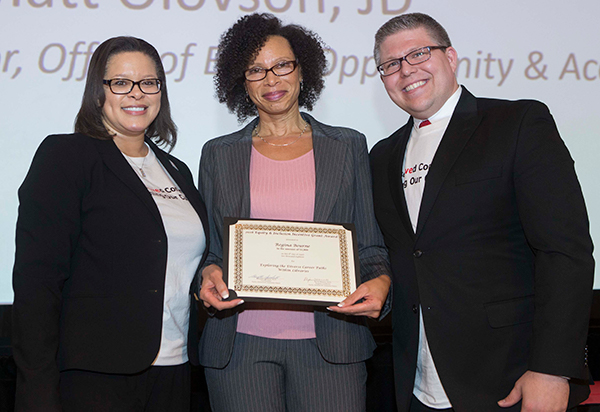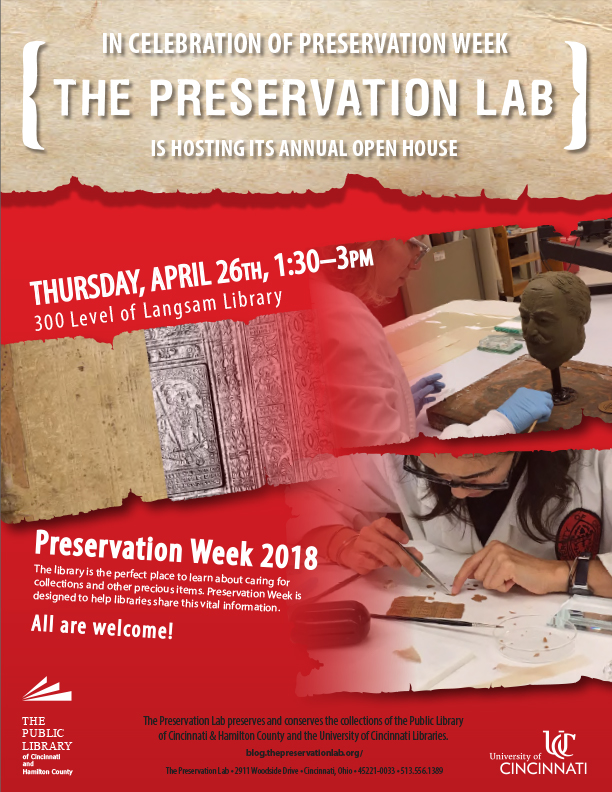The University of Cincinnati Libraries have joined HathiTrust, a partnership of major research institutions and libraries working to ensure that the cultural record is preserved and accessible long into the future by collaboratively collecting, organizing, preserving, communicating and sharing the record of human knowledge. UC Libraries joins more than 130 international research libraries in HathiTrust, and is the third Ohio library to join along with The Ohio State University and Case Western Reserve University.
“Membership in HathiTrust will enable the University of Cincinnati Libraries to partner with national and international collaborators with similar missions to preserve, protect and make accessible the scholarly record,” said Xuemao Wang, dean and university librarian. “Our membership will provide opportunities to enhance digital scholarship research like that done in our Digital Scholarship Center, as well as ensure the long-term digital preservation of our collections.”
HathiTrust began in 2008 as a collaboration of the universities of the Committee on Institutional Cooperation (now the Big Ten Academic Alliance) and the University of California system to establish a repository to archive and share their digitized collections. Today, the HathiTrust’s Digital Library catalog equals 16 million volumes digitized and deposited by member libraries.
As members of HathiTrust, the University of Cincinnati community will have full access to digital materials inputted by UC Libraries, as well as those items in the public domain and those for which there is permission. In addition, benefits of HathiTrust membership include digital content storage, cost-effective long-term preservation and access services for UC Libraries’ digitized content. Continue reading

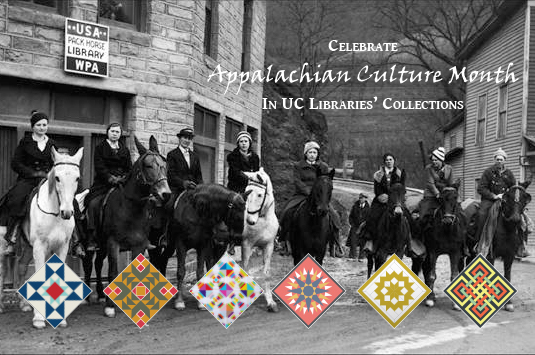 Cincinnati lies just at the border or outer edge of Appalachia, a cultural region in the Eastern United States that stretches from the Southern Tier of New York to northern Alabama, Mississippi and Georgia and includes portions of Pennsylvania, Ohio, North and South Carolina and all of West Virginia. A new exhibit on display on the 4th floor lobby of the Walter C. Langsam Library showcases resources from UC Libraries in celebration of Appalachian culture and heritage. Included are resources from the collections of the Albino Gorno Memorial (CCM) Library, Geology-Mathematics-Physics Library, the Donald C. Harrison Health Sciences Library, College of Engineering and Applied Sciences Library, the Robert A. Deshon and Karl J. Schlachter Library for Design, Architecture, Art and Planning (DAAP), and Langsam. Also featured are online resources that showcase and inform about Appalachian culture.
Cincinnati lies just at the border or outer edge of Appalachia, a cultural region in the Eastern United States that stretches from the Southern Tier of New York to northern Alabama, Mississippi and Georgia and includes portions of Pennsylvania, Ohio, North and South Carolina and all of West Virginia. A new exhibit on display on the 4th floor lobby of the Walter C. Langsam Library showcases resources from UC Libraries in celebration of Appalachian culture and heritage. Included are resources from the collections of the Albino Gorno Memorial (CCM) Library, Geology-Mathematics-Physics Library, the Donald C. Harrison Health Sciences Library, College of Engineering and Applied Sciences Library, the Robert A. Deshon and Karl J. Schlachter Library for Design, Architecture, Art and Planning (DAAP), and Langsam. Also featured are online resources that showcase and inform about Appalachian culture.